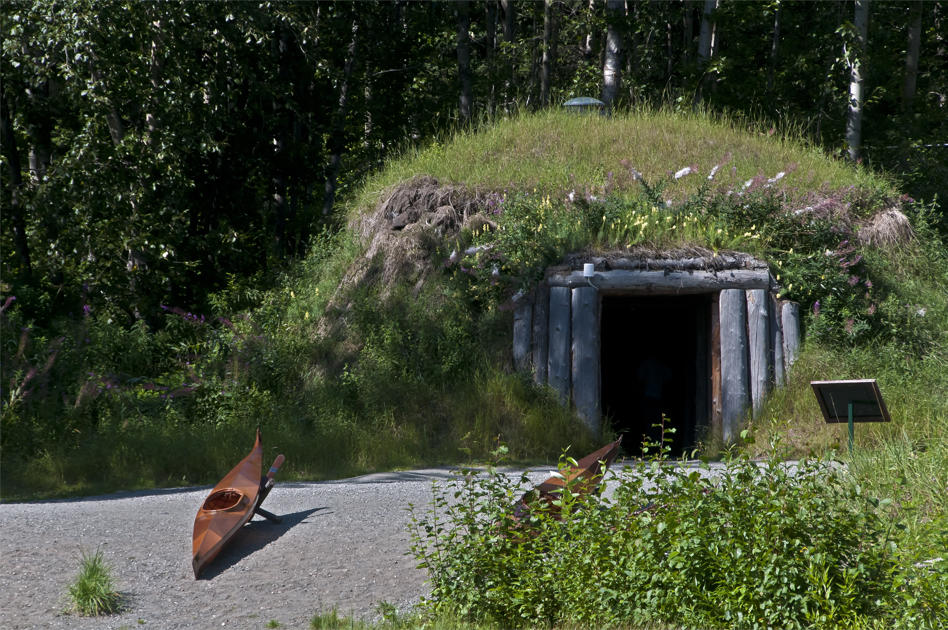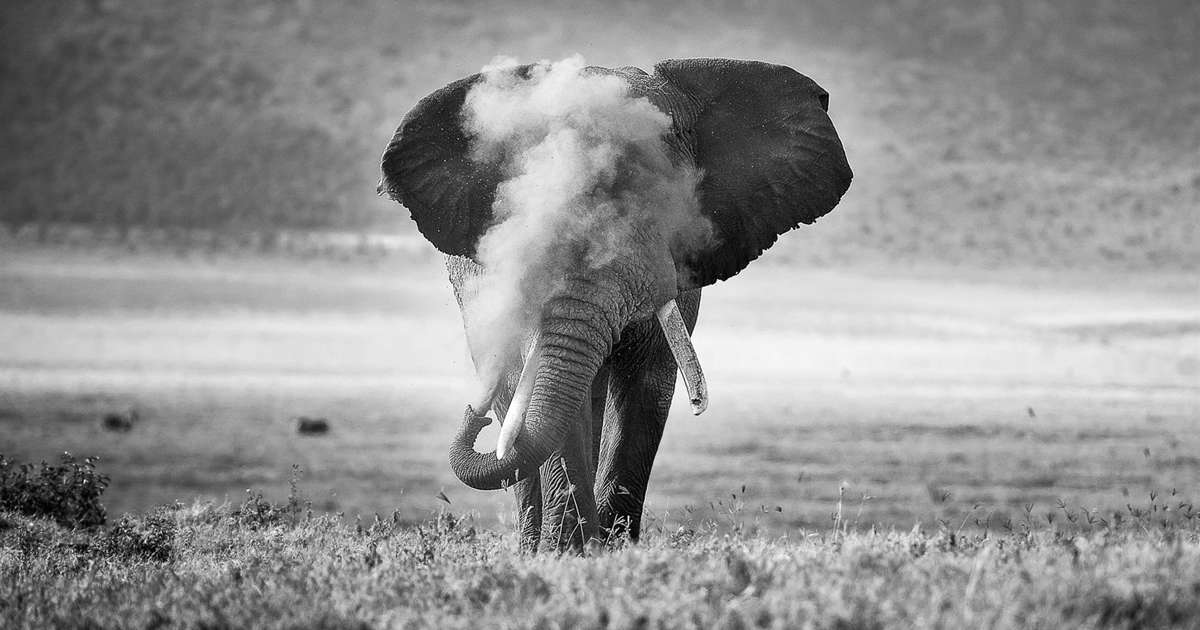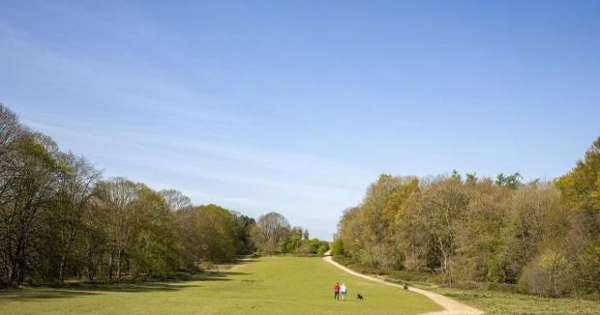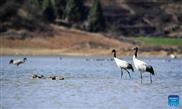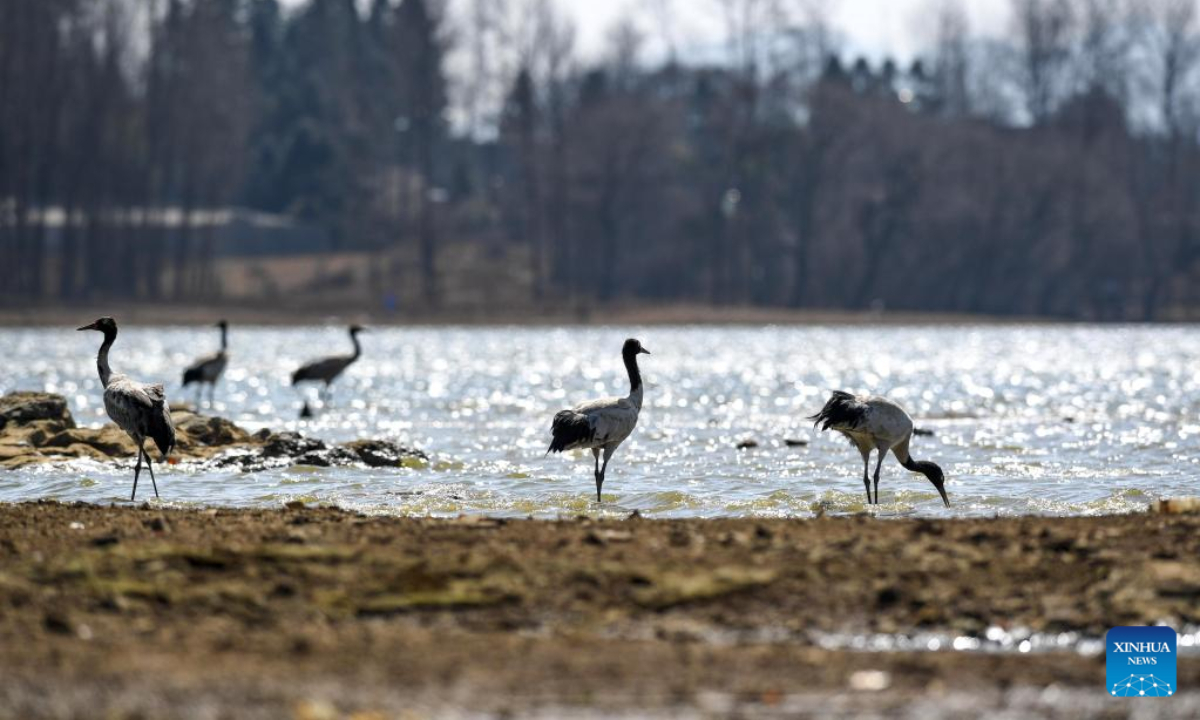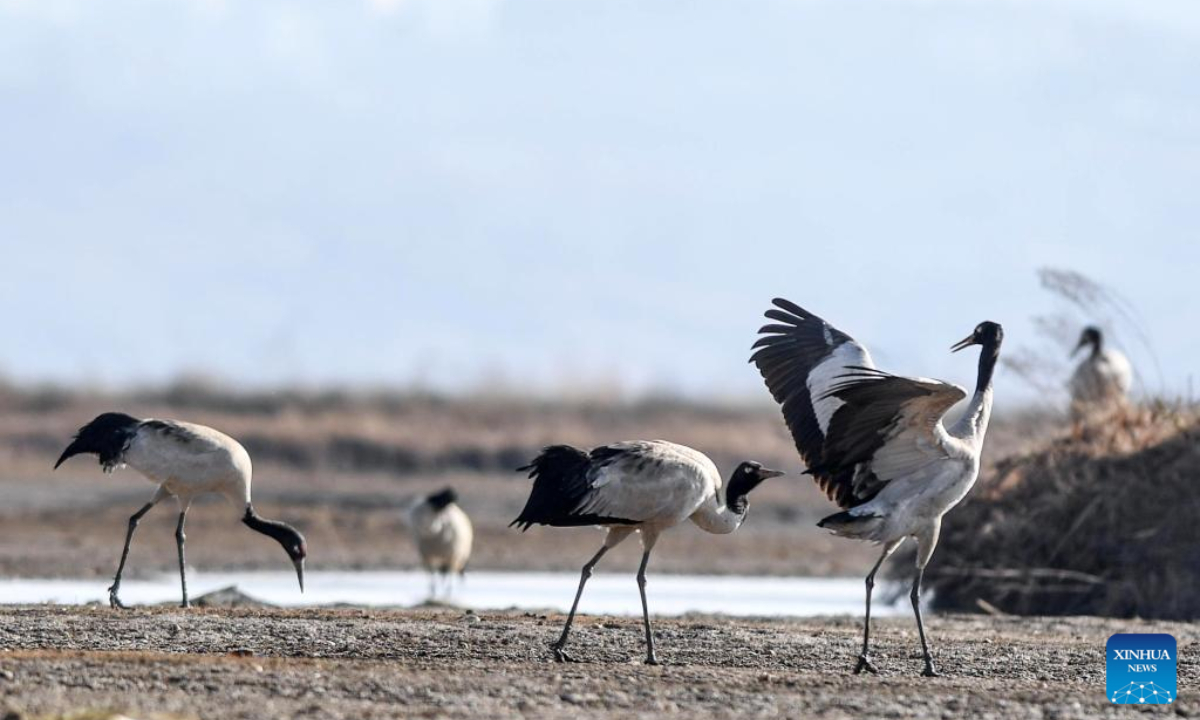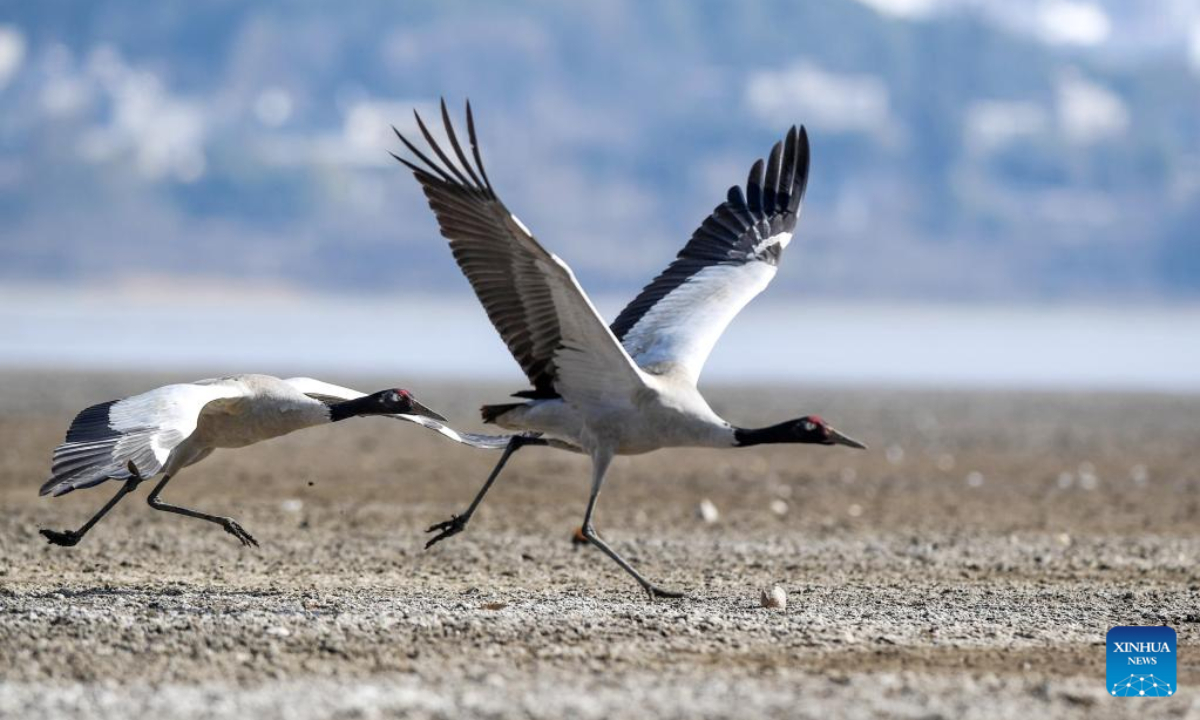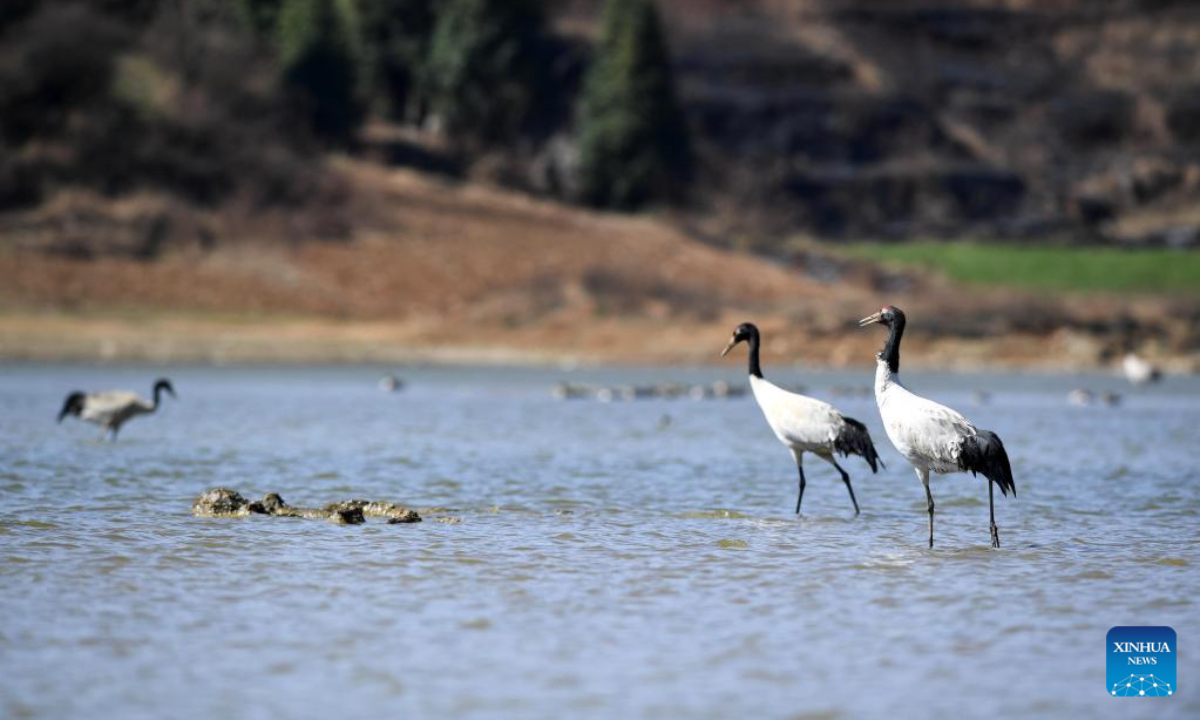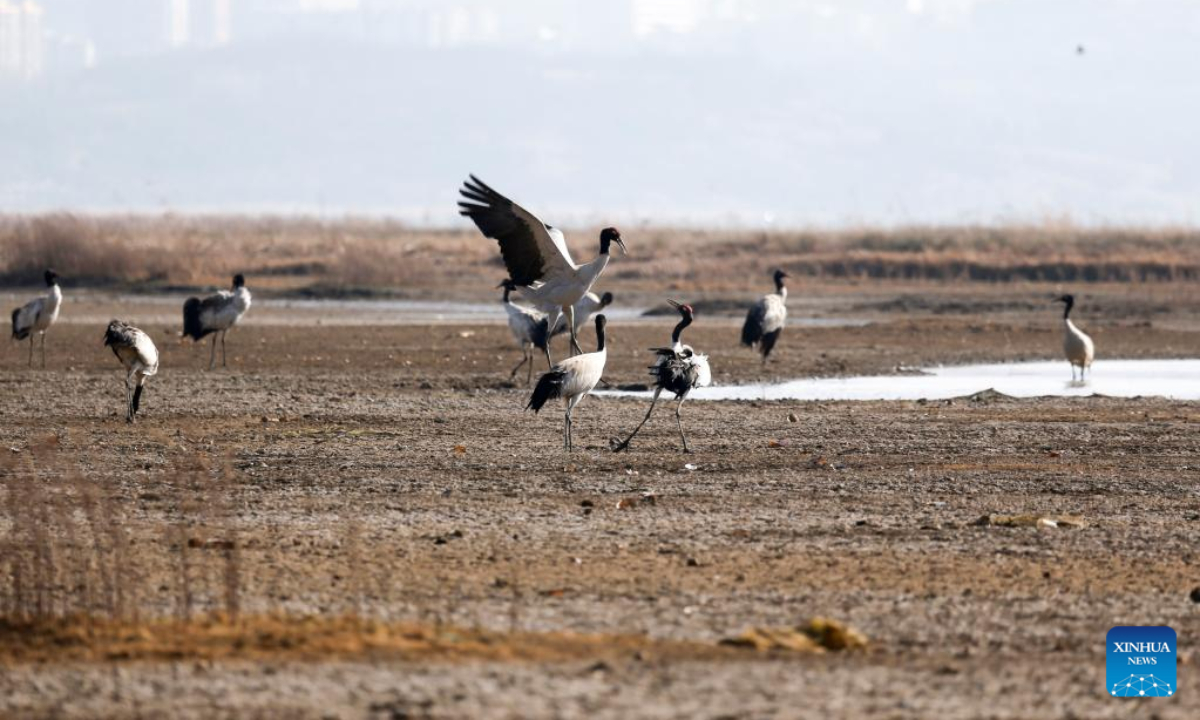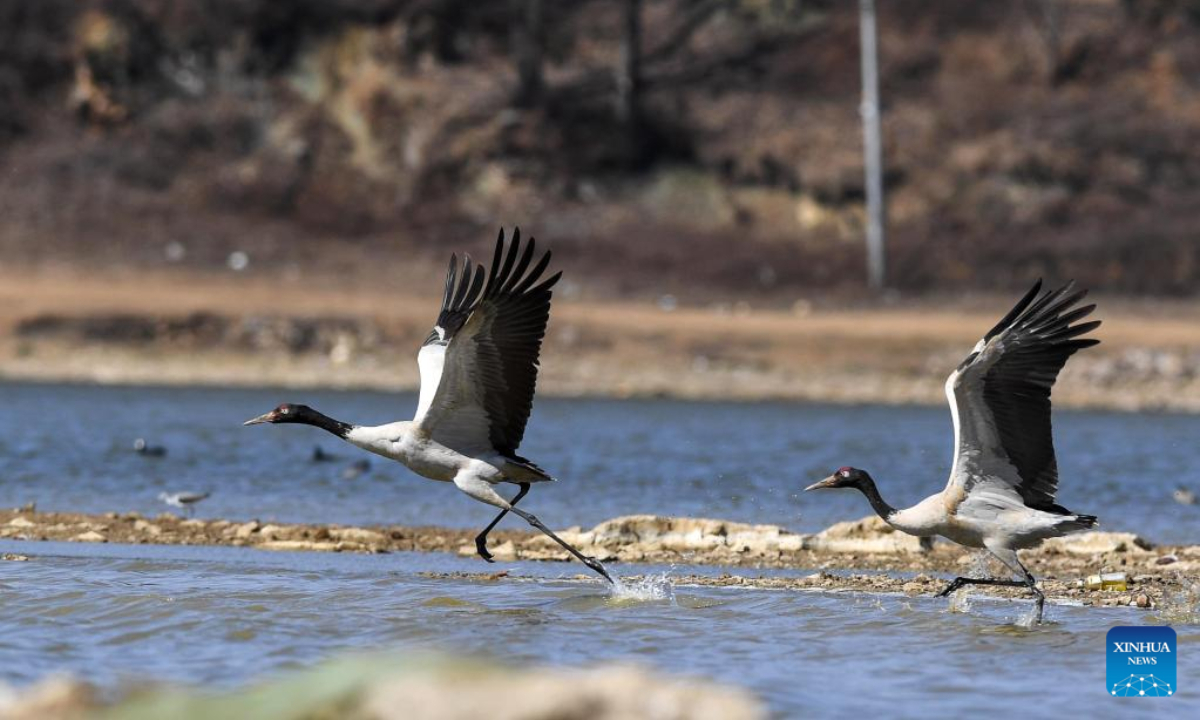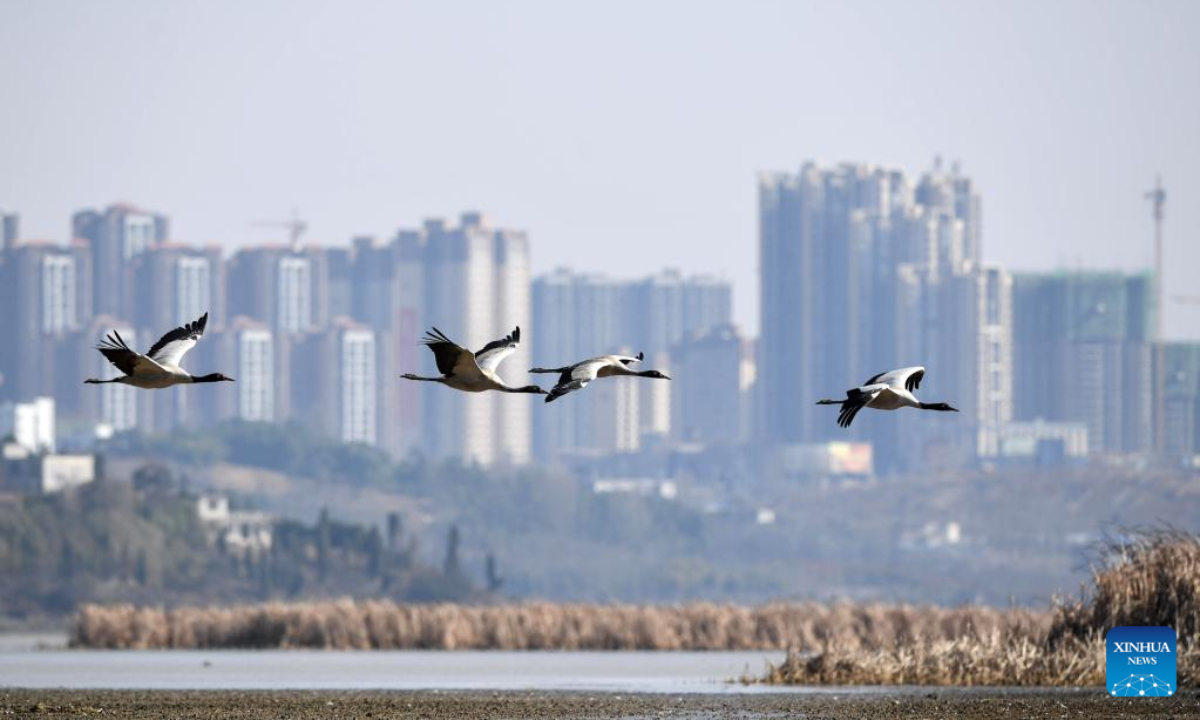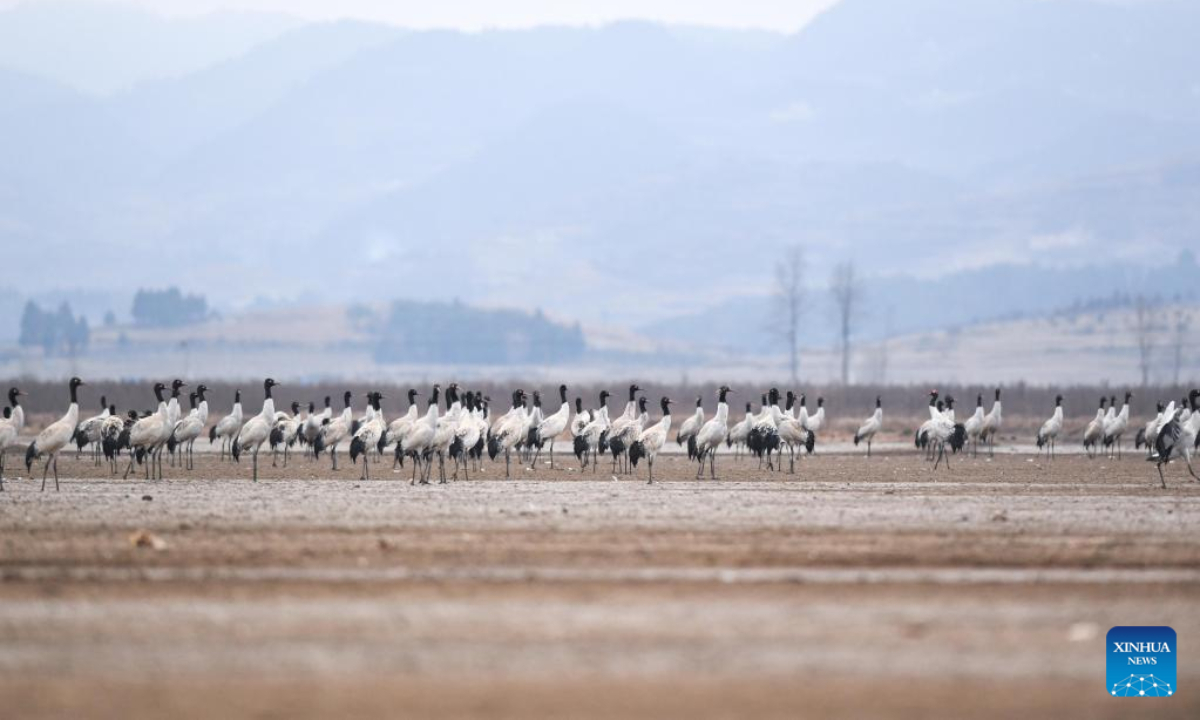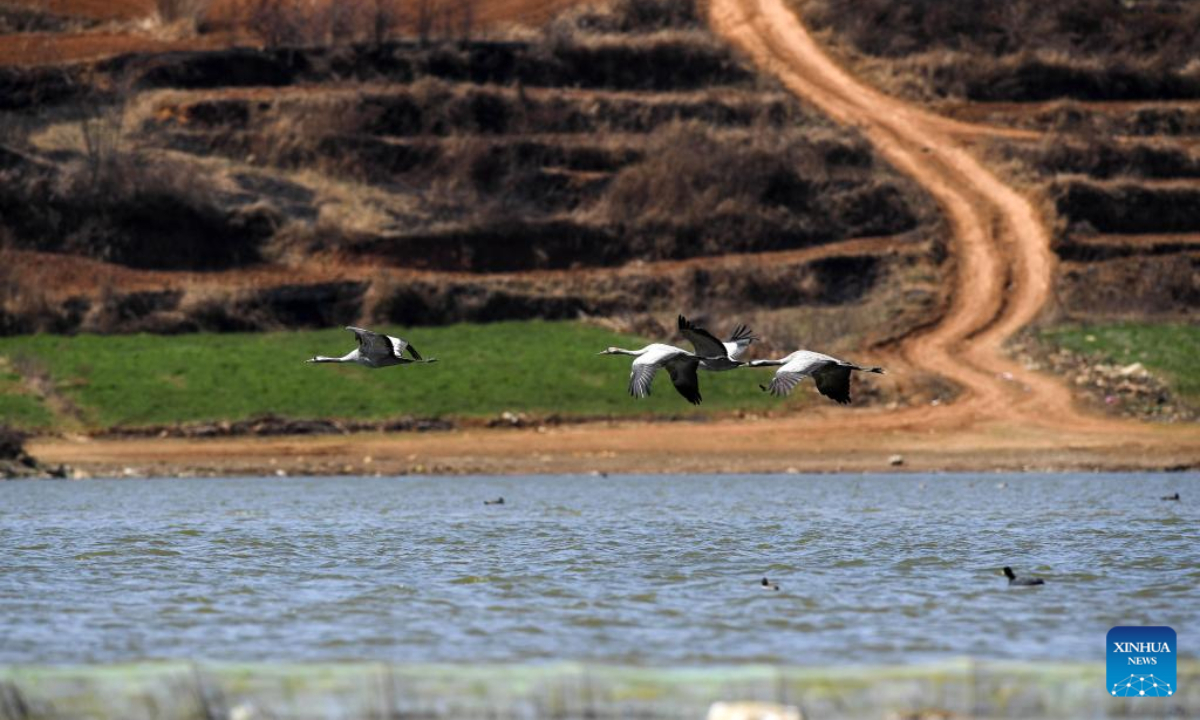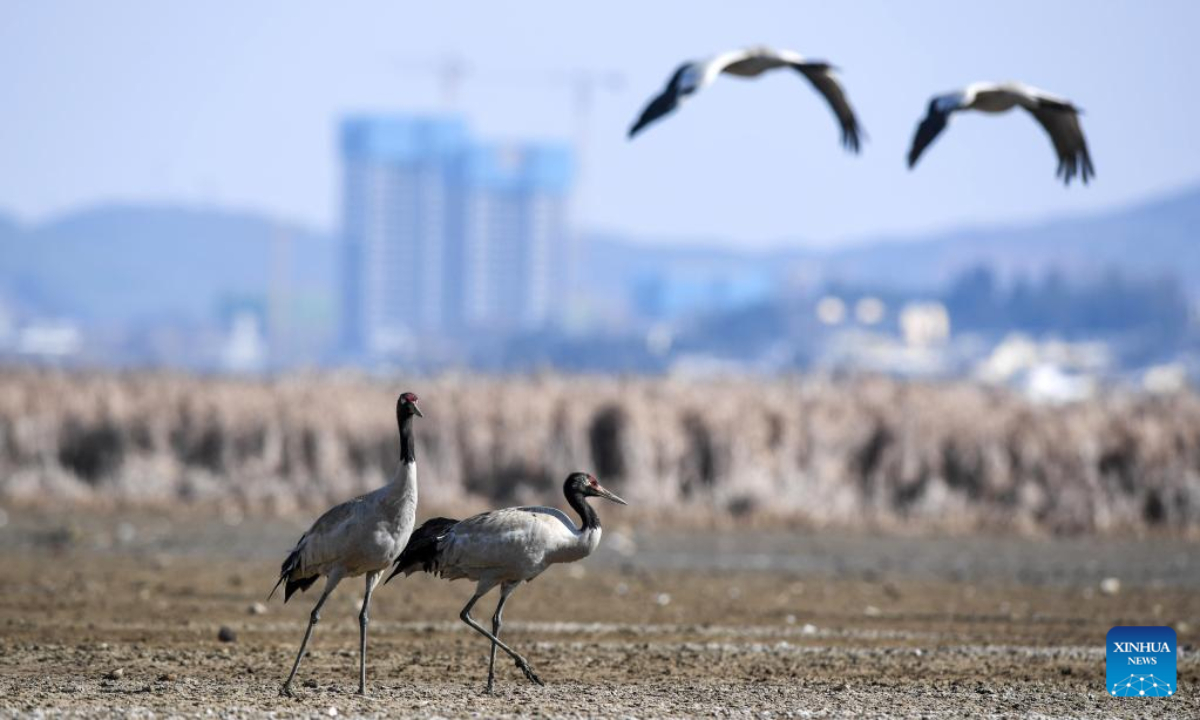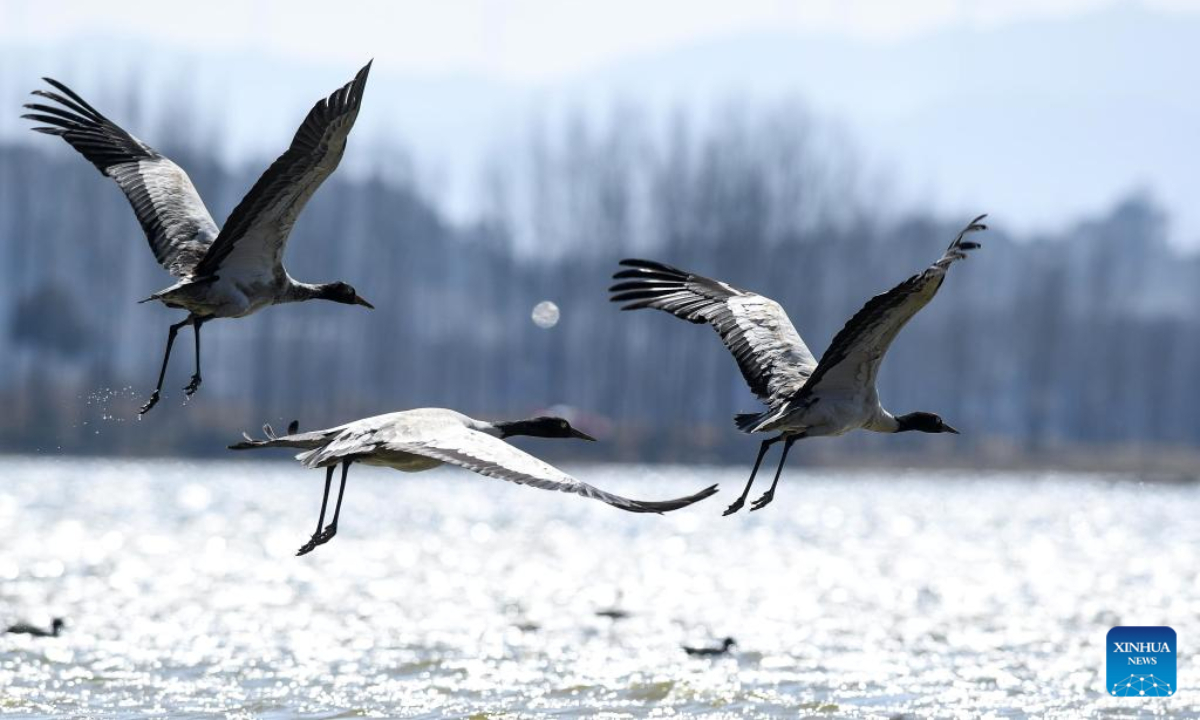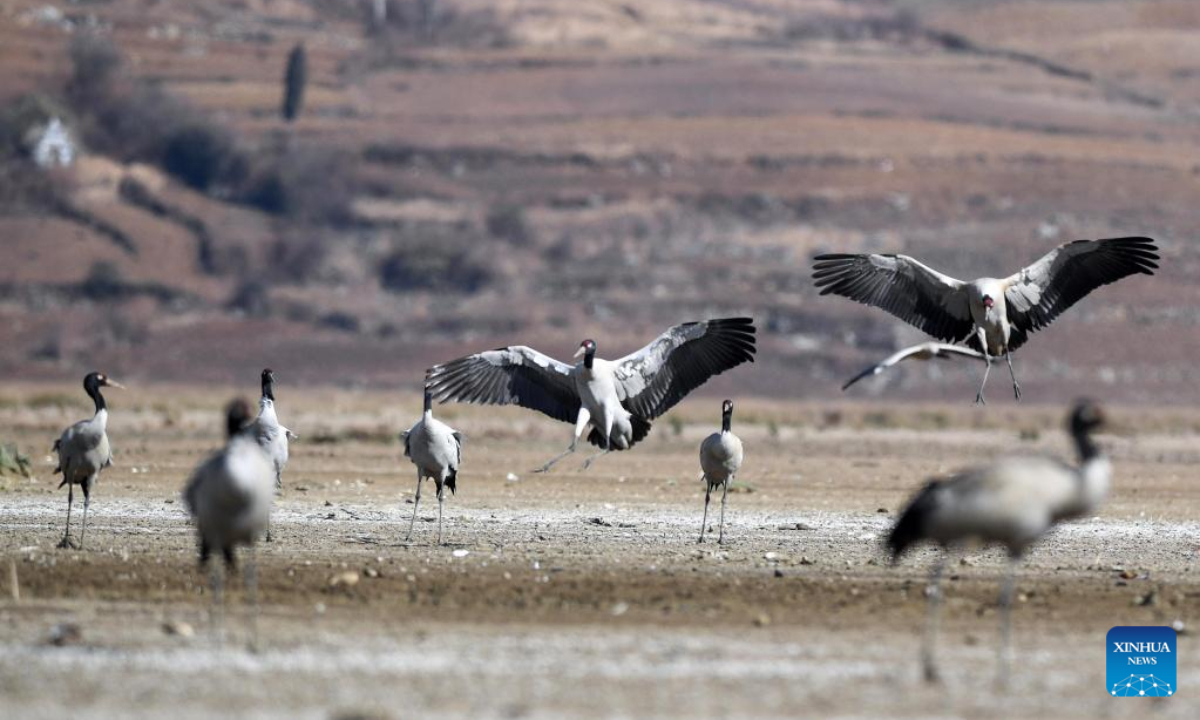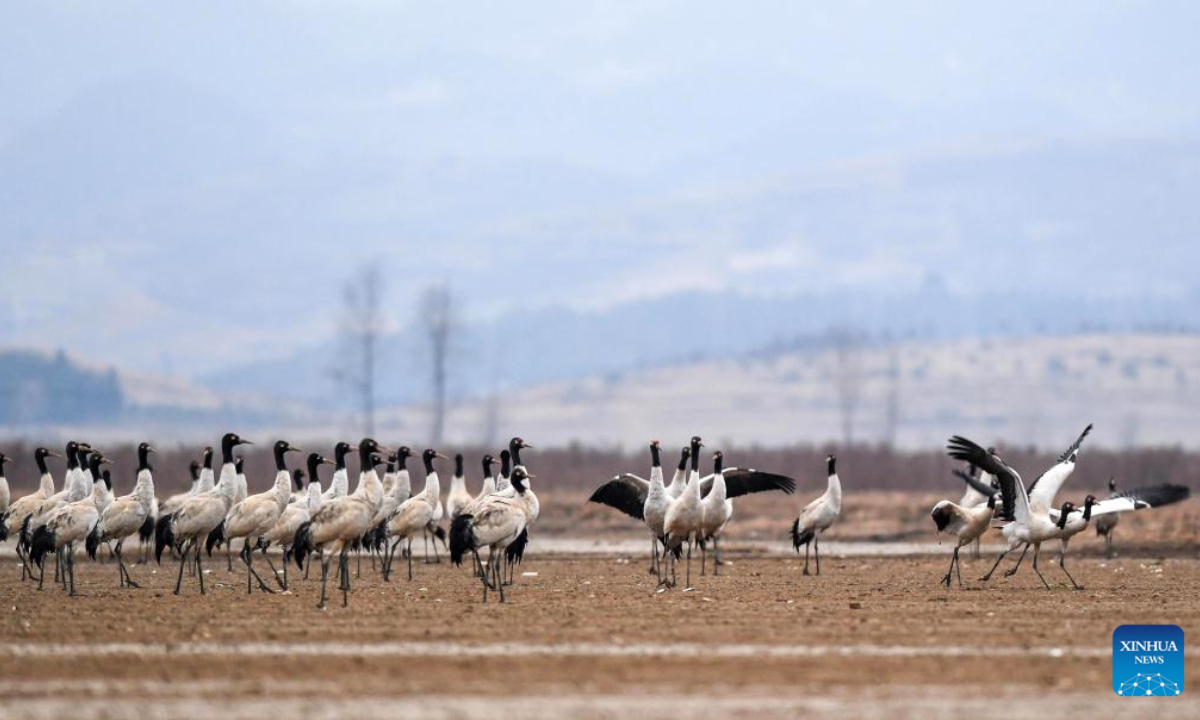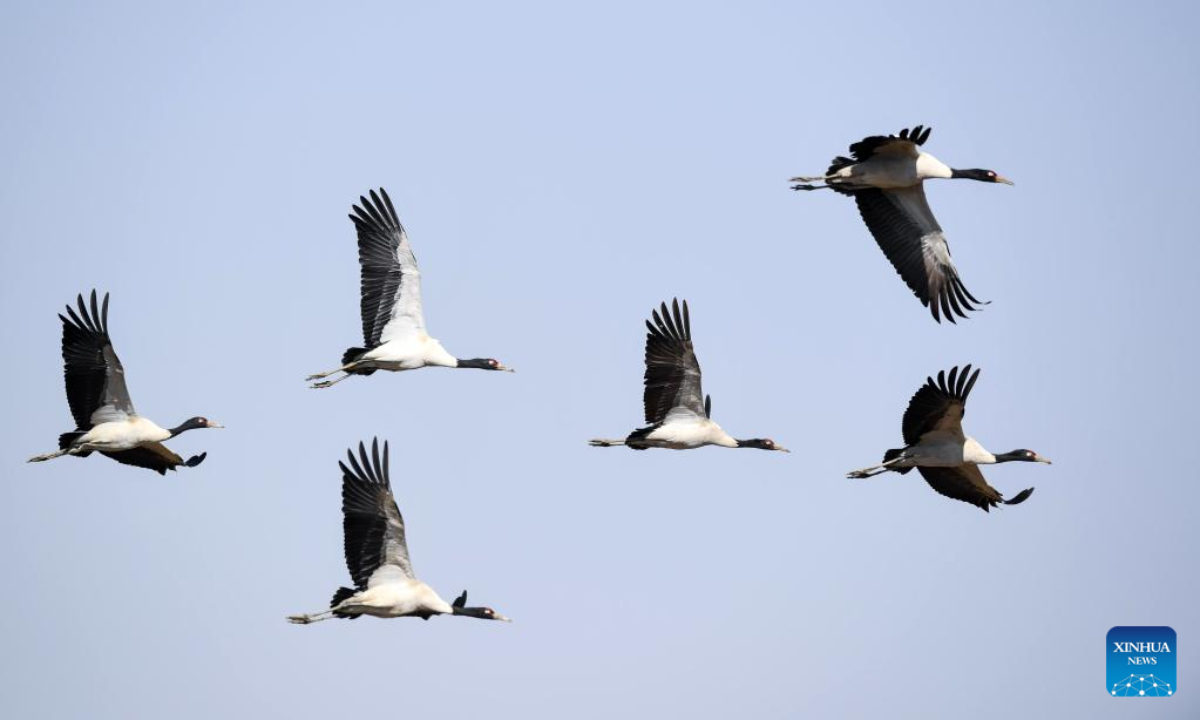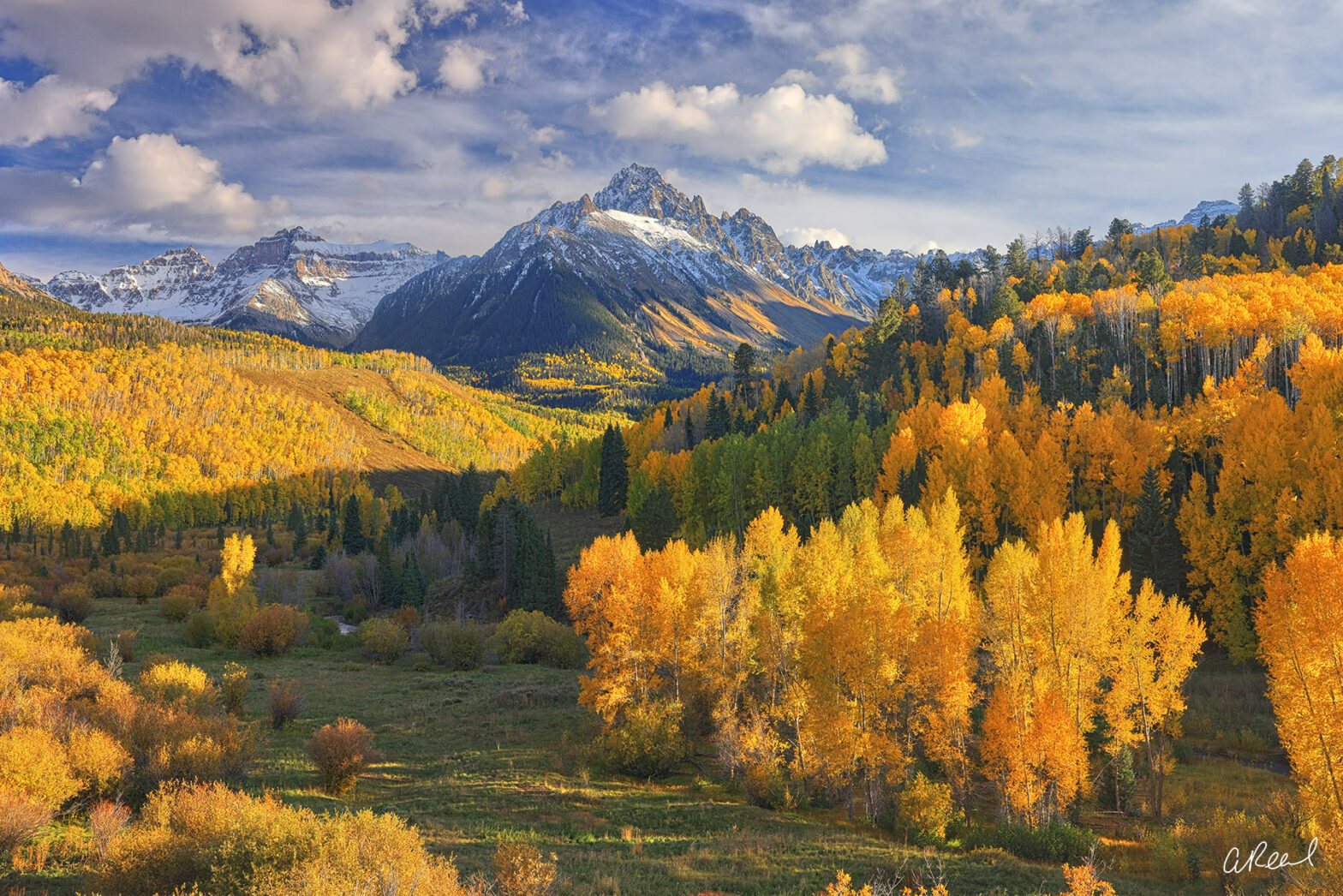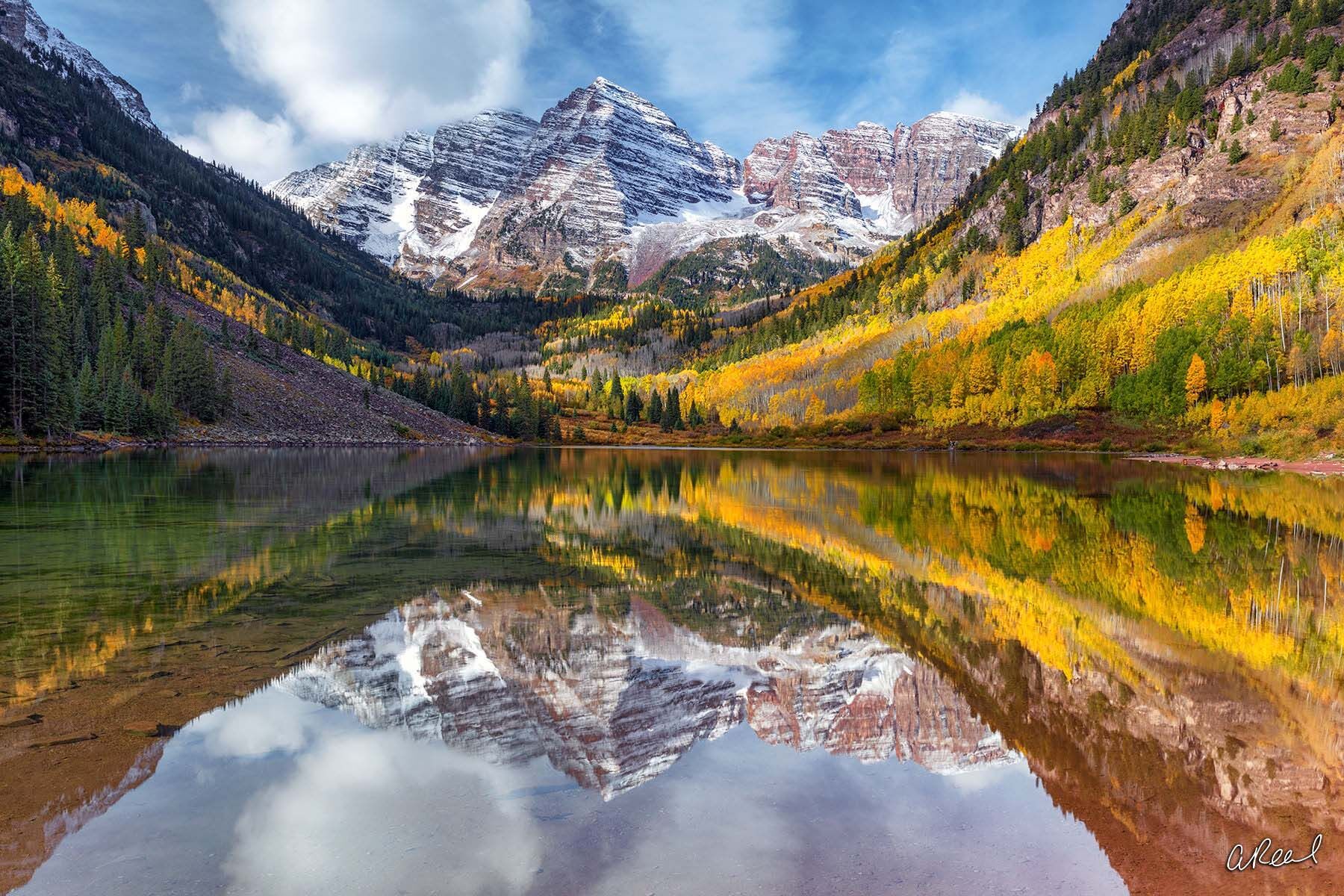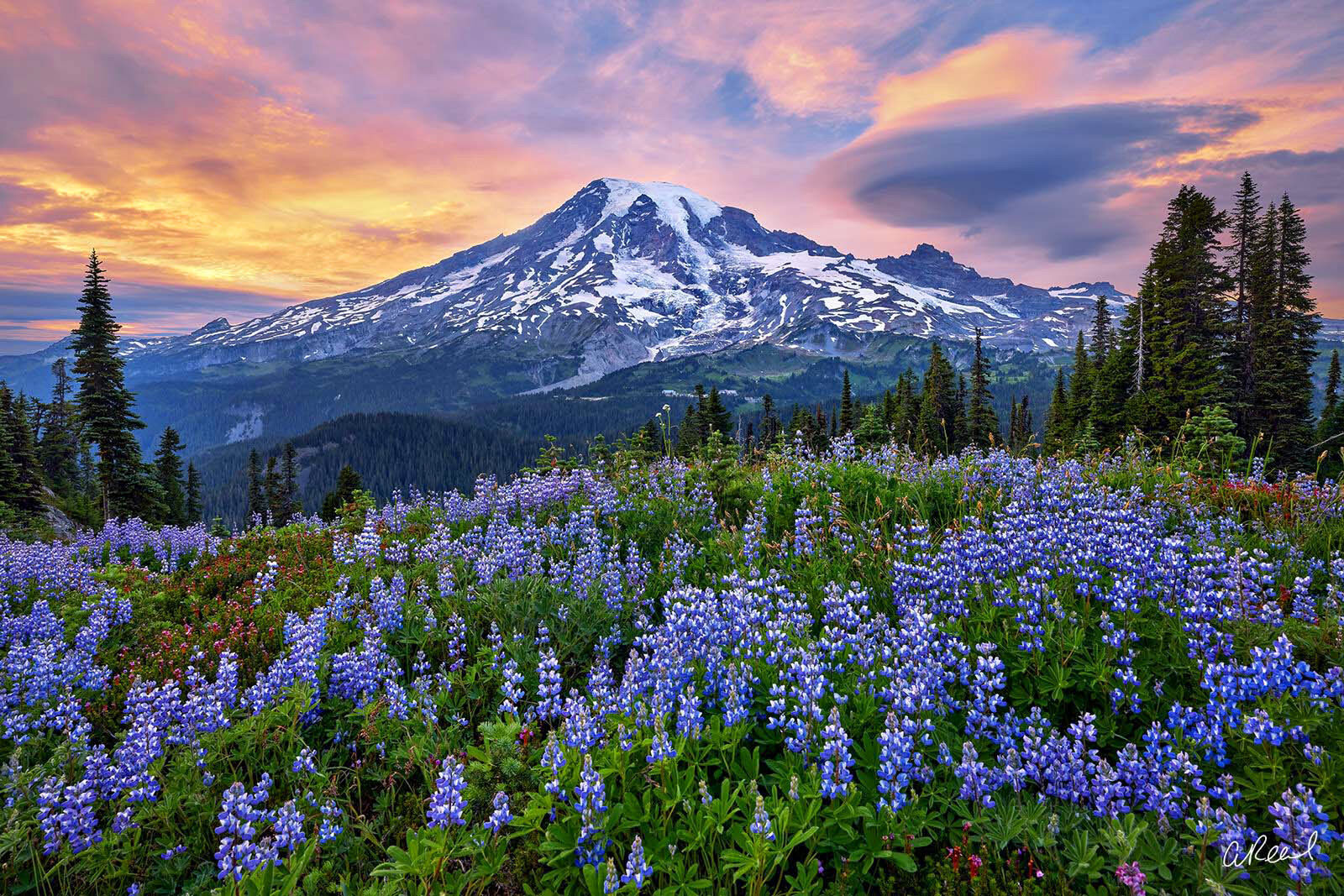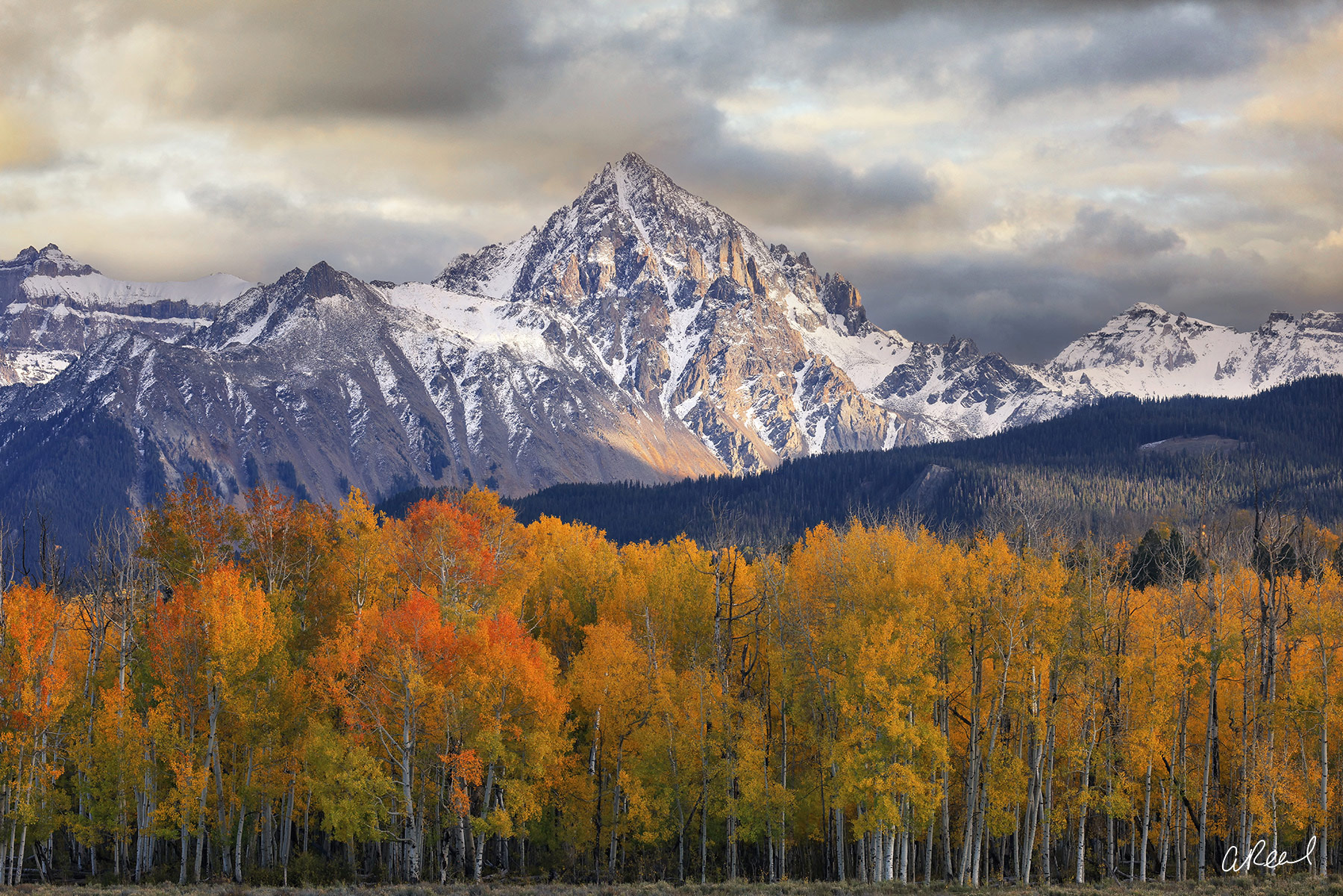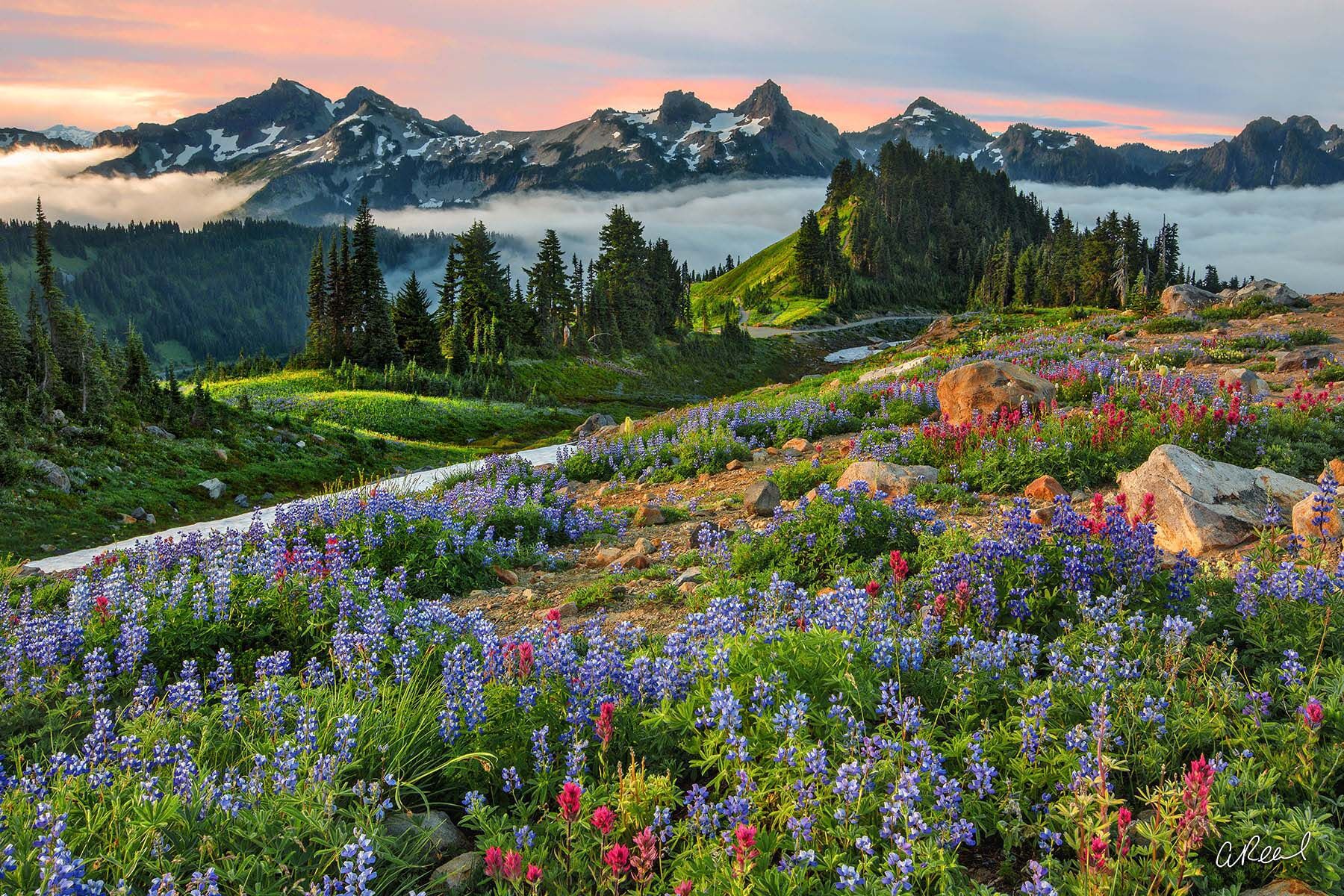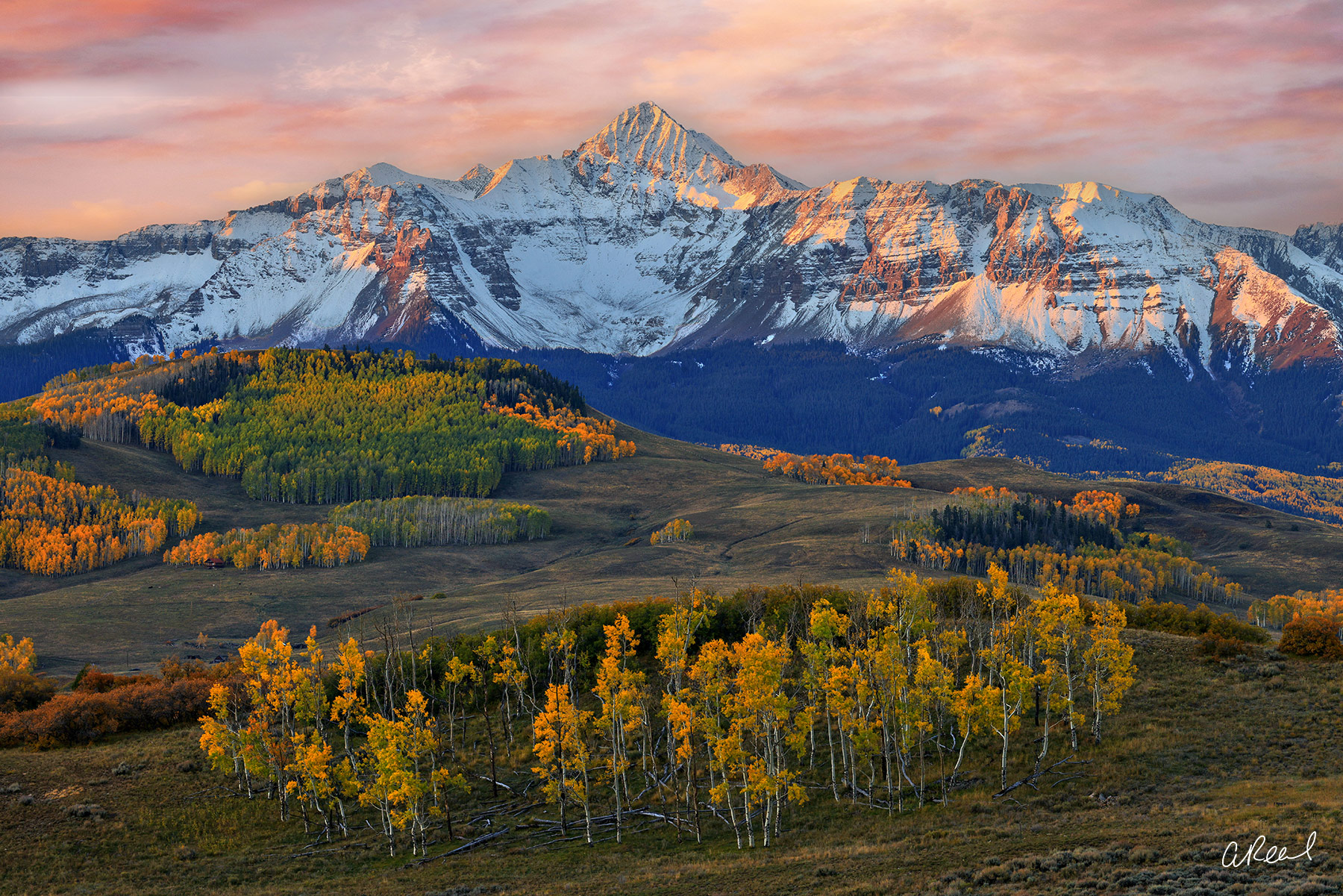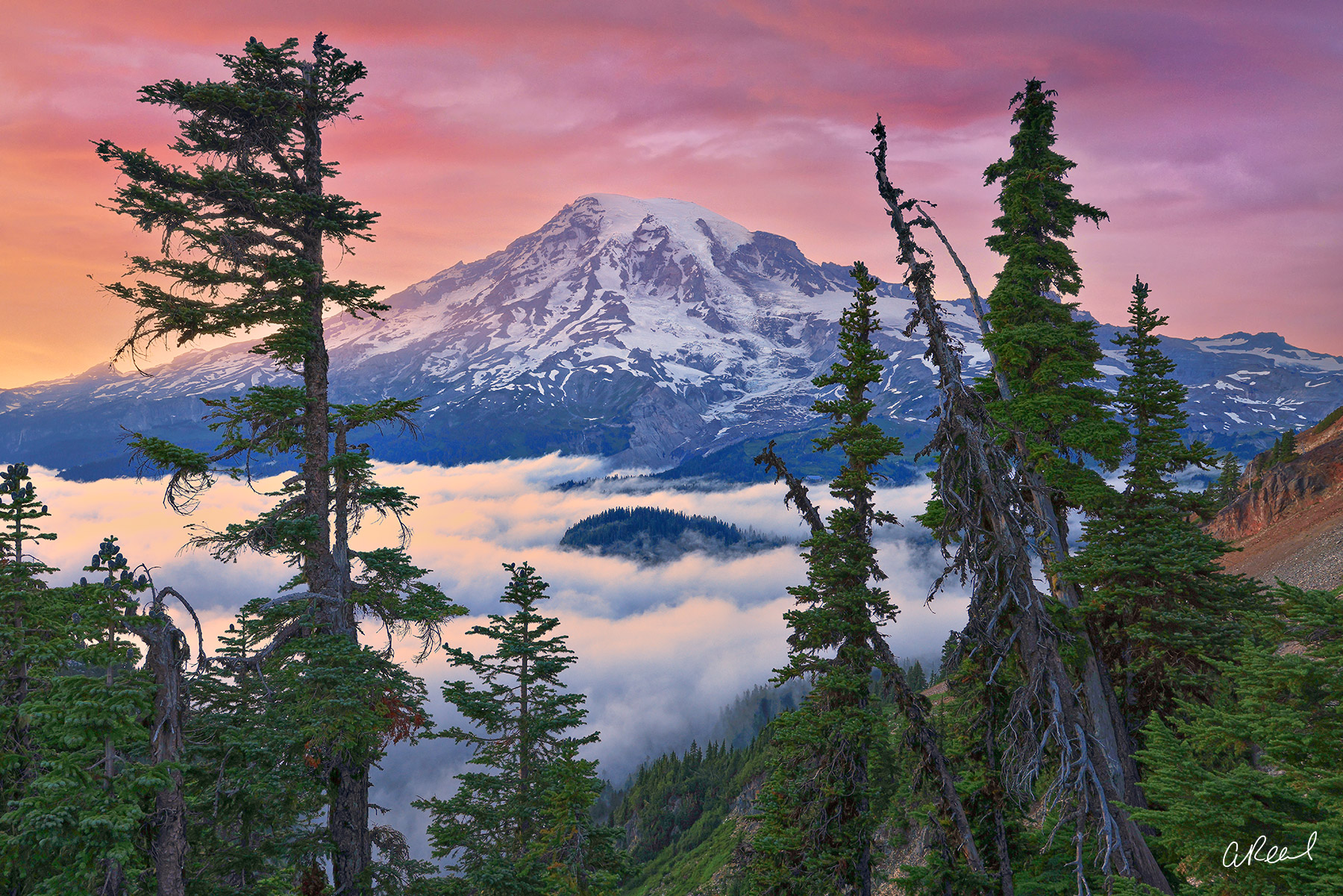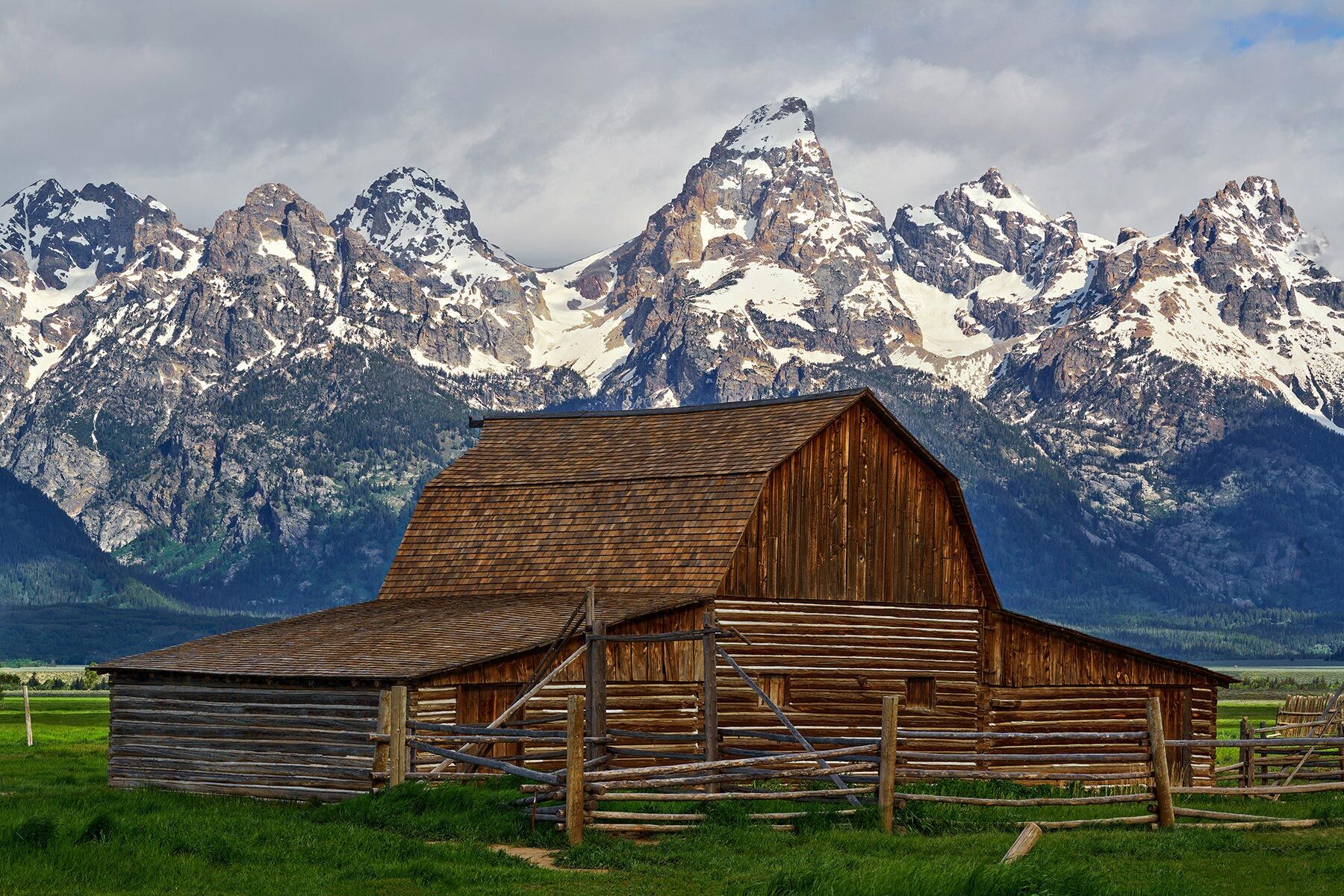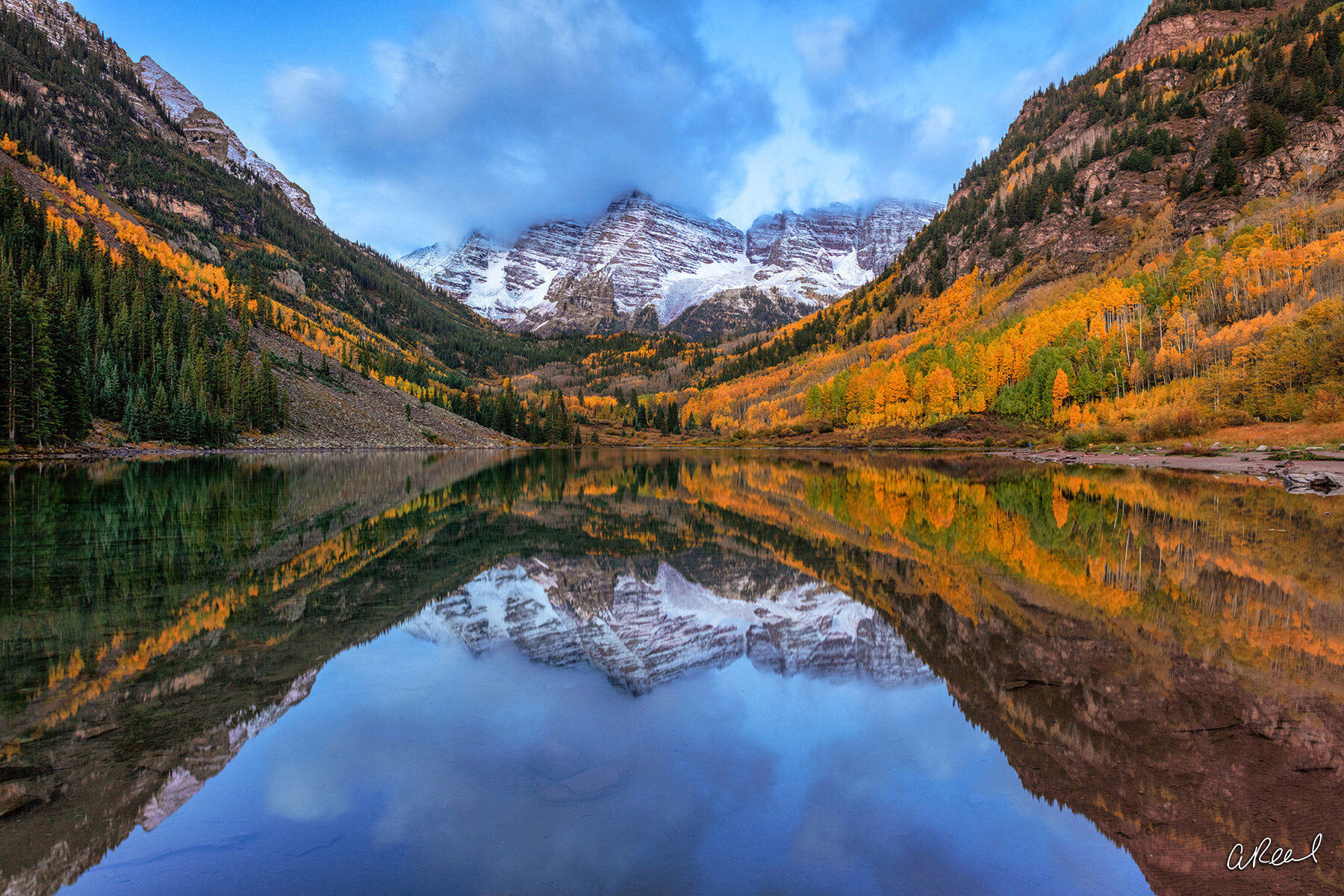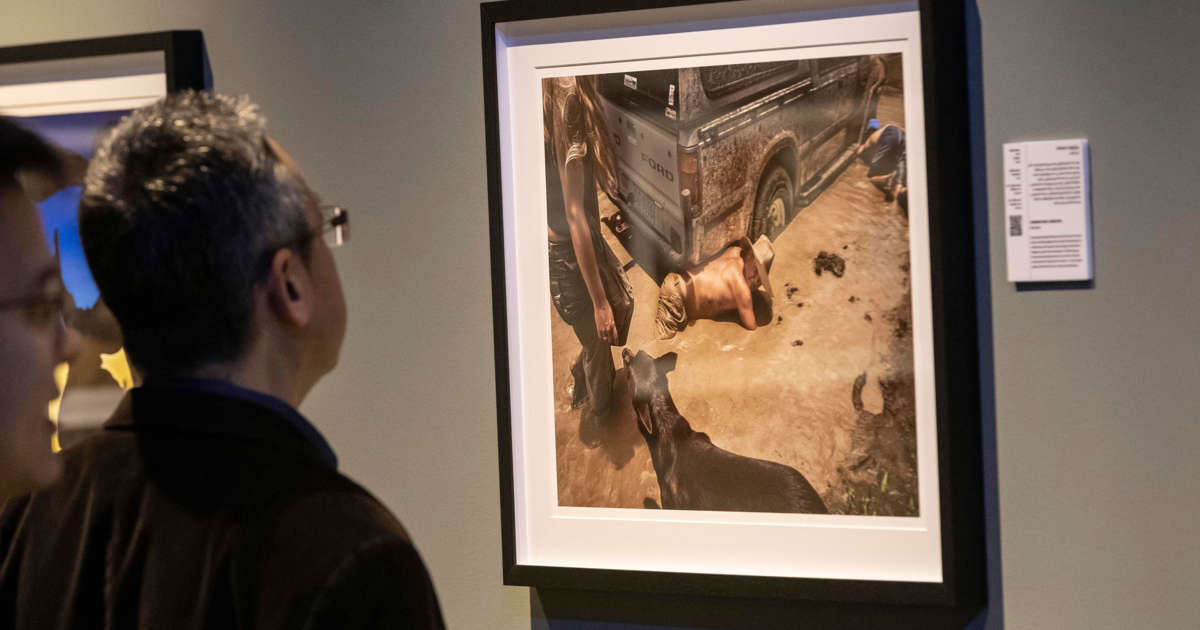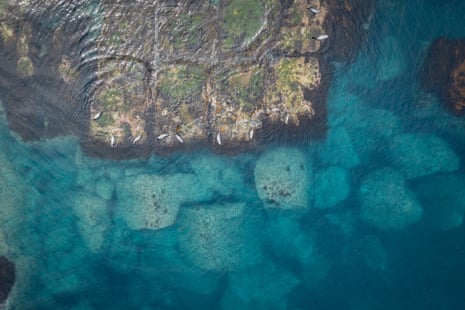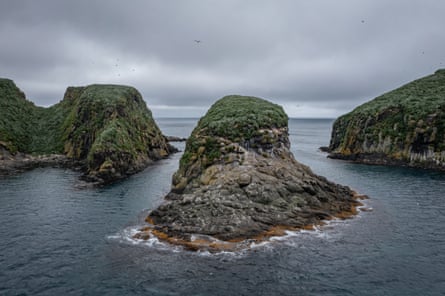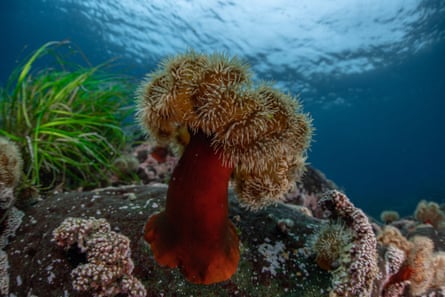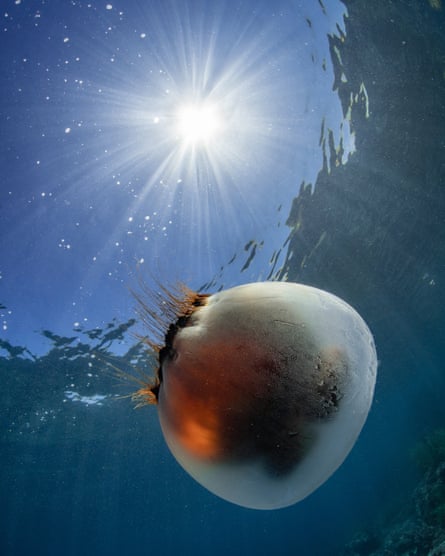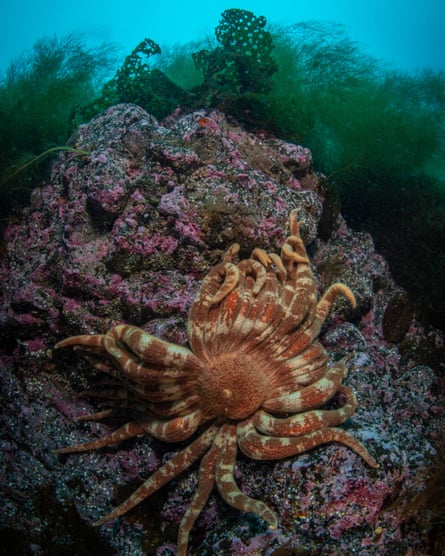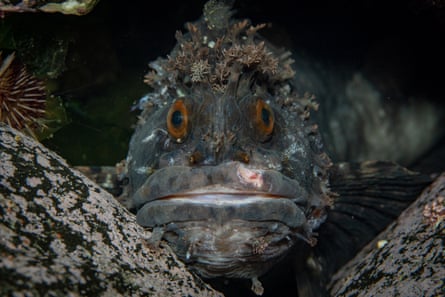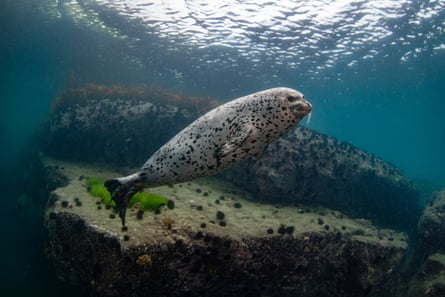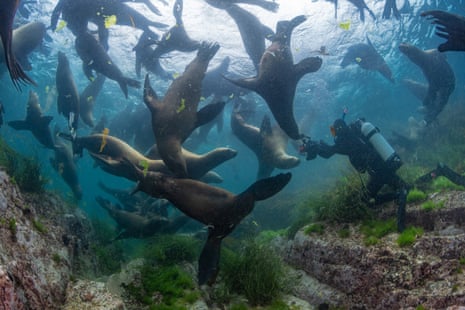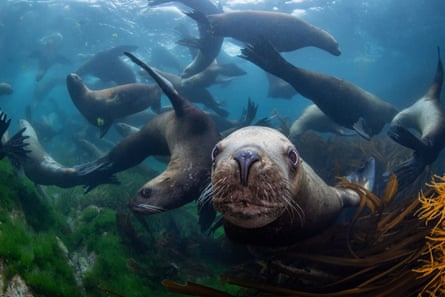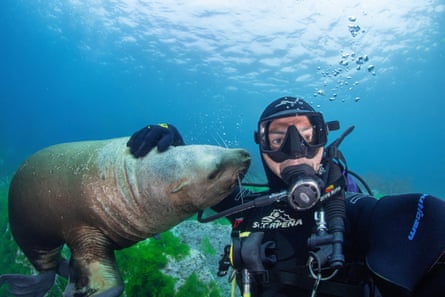Photography has come a long way since French inventor Nicephore Niepce captured the world’s oldest photograph, View from Window at Le Gras 200 years ago. The heliographic image — which comprised a greyish blur of hardened bitumen, revealing the vague form of a rooftop slanted in between two buildings — is believed to have required an exposure time of at least eight hours to produce.
Today, having gone from daguerreotypes to roll films, and from Polaroid to digital camera systems, it’s ludicrous to think that an image once could have taken so long to capture, when we can snap a high-definition photograph instantaneously with our phones.
From documentary work to artistic expression, this growing power of photography was the subject of intense discussion during the first day of this year’s Xposure International Photography Festival. The event, which opened at Expo Centre Sharjah on Thursday, is one of the few in the region that is dedicated exclusively to photographers, exhibiting the full breadth of what the medium can offer in a contemporary setting.
This year’s event, the seventh outing for the annual festival, is its biggest yet. It features more than 100 photographers from around the world in 68 spectacular solo and group exhibitions. There are images that touch upon photography’s ability to freeze time, as in the works of Hanaa Turkistani from Saudi Arabia.
Then there are those that show the emotive power of portraiture, including works by Gabriel Wickbold from Brazil and Dan Winters from the US. Documentary works by Abir Abdullah from Bangladesh and James Balog from the US bring us uncomfortably close to the searing effects of climate change.
While the event provides a platform to emerging names from the world over, visitors can also see see older works that have become ingrained in the public concsciousness, including an image of Muhammad Ali after his first-round knockout of Sonny Liston during the 1965 World Heavyweight Title fight — at their sharpest and most defined.
“Studying images deepens our understanding of facts and reminds us that beauty can be found even in the most challenging circumstances,” says Tariq Saeed Allay, director general of the festival’s organising body, the Sharjah Government Media Bureau.
“Beauty is everywhere around us and our mission is to see it, live it and appreciate it. The message we aim to convey at Xposure is that photographs stir emotions and rectify perceptions while guiding our priorities as human beings.
“Since its inception, this festival has been serving as a reminder that beauty exists amid chaos, and what makes our journey sustainable is Sharjah’s unwavering vision and commitment. And also the fact that all of you join us every year to be enthusiastic global messengers of art, entertainment and creativity.

© Provided by The National
Dan Winters speaks at the opening of the Xposure International Photography Festival. Antonie Robertson / The National
“Our collective resolve to utilise this medium as a promoter of noble values is what brings us closer to our objectives. We support responsible creativity that benefits humanity, preserves our ability to inspire and instils a sense of security and hope in our hearts,” he added.
Sheikh Sultan bin Ahmed Al Qasimi, the Deputy Ruler of Sharjah, attended the opening ceremony, where three acclaimed photographers spoke about the developments of the medium and the potential it has to incite change.
“Photography will be 200 years old in the next three years,” Winters said during the event. Renowned for his portraits of celebrities including Barack Obama and Angelina Jolie, as well as photos exploring a bygone era of space travel, Winters said he was looking forward to seeing how the medium would develop in the coming years, considering how far it has come since its inception.

© Provided by The National
The Dan Winters exhibition at the Xposure International Photography Festival. Antonie Robertson / The National
“Roughly 50 billion images are made every year now, as phones have become image-making machines. I’m interested to see where all this goes and whether it impacts photography’s key role of documenting.”
Karen Zusman said she turned to photography after travelling to Myanmar, where she witnessed horrendous incidents of child trafficking and labour.
While looking for ways to turn global attention to the issue, the self-taught photographer realised she needed to visually document the cases. “Two days after PBS broadcast the story, five state officials were arrested and charged with human trafficking,” Zusman said. “I learnt an important lesson — to become an effective storyteller, I needed to be a photographer.”
Zusman’s photography highlighted the plight of children working in Myanmar and helped bring education to them. “I went back to Myanmar and with a dear Burmese friend we co-founded a non-profit organisation that provides free education to child labourers. In Myanmar, child labour is a huge issue, but the reality is if the children do not work, the families do not eat.”

© Provided by The National
Zusman showed her photographs of the Black Lives Matter movement during the opening event. Antonie Robertson / The National
Her next project was in Cuba, in the midst of which she was stuck in the US due to the Coronavirus pandemic. While in the US, she joined the Black Lives Matter movement in New York’s Bronx area following the death of GeorgeGeroge Floyd, and found herself photographing children in predominantly black neighbourhoods.
From there came the birth of her Superpower of Me project, as part of which she photographs children at various beaches and offers poetry writing lessons to her young subjects, encouraging them to write about the superpowers they have. Zusman said she will now be taking the project to Zanzibar next, with a smaller group of children.
The last photographer to speak at the opening event was Balog, who stressed that the world today has a surplus of information and a deficit of attention.
“As photographers, we can utilise our perceptual process to help people pay attention through captivating visual storytelling,” he said.

© Provided by The National
The James Balog exhibition at this year’s Xposure International Photography Festival. Antonie Robertson / The National
Balog spoke about the unique and delicate connection between humans and nature, as he sifted through his striking archive of nature-inspired photographs.
The Earth Sciences major turned the audience’s attention to a phernomenon called Human Tectonics, saying: “Humans are capable of altering the structure of the earth’s crust, not just earthquakes and volcanoes, as we are going through what Nasa calls Earth Fever. In the past 20 years, the average temperature of the earth has increased by 1ºC each year, and more in some areas. So, climate change is not an abstraction.”
The photographer presented stark visual evidence through timelapse videos shot between 2007 and 2022 of glaciers in Iceland and Canada, showing how severely they had melted in only under two decades, sending more water into oceans, elevating sea levels and making hurricanes and floods more devastating than ever.

© Provided by The National
Gabriel Wickbold’s portraits on display. Antonie Robertson / The National
In fact, one of the festival’s key events this year is the Conservation Summit. It will focus on the effects of climate change and the role of photography in documenting the shifts.
Winters, Zusman and Balog will host individual talks, delving deeper into the processes and inspiration behind their work, alongside dozens of established photographers.
The Xposure agenda includes 41 seminars and panel discussions, as well as edutainment events hosted at its Stage X. Moreover, 63 workshops will enable photography enthusiasts and budding shutterbugs to learn how to take images under different circumstances and utilising advanced technologies.
Xposure International Photography Festival is at Expo Centre Sharjah until Wednesday. The event is free to enter; more information is available at xposure.ae
